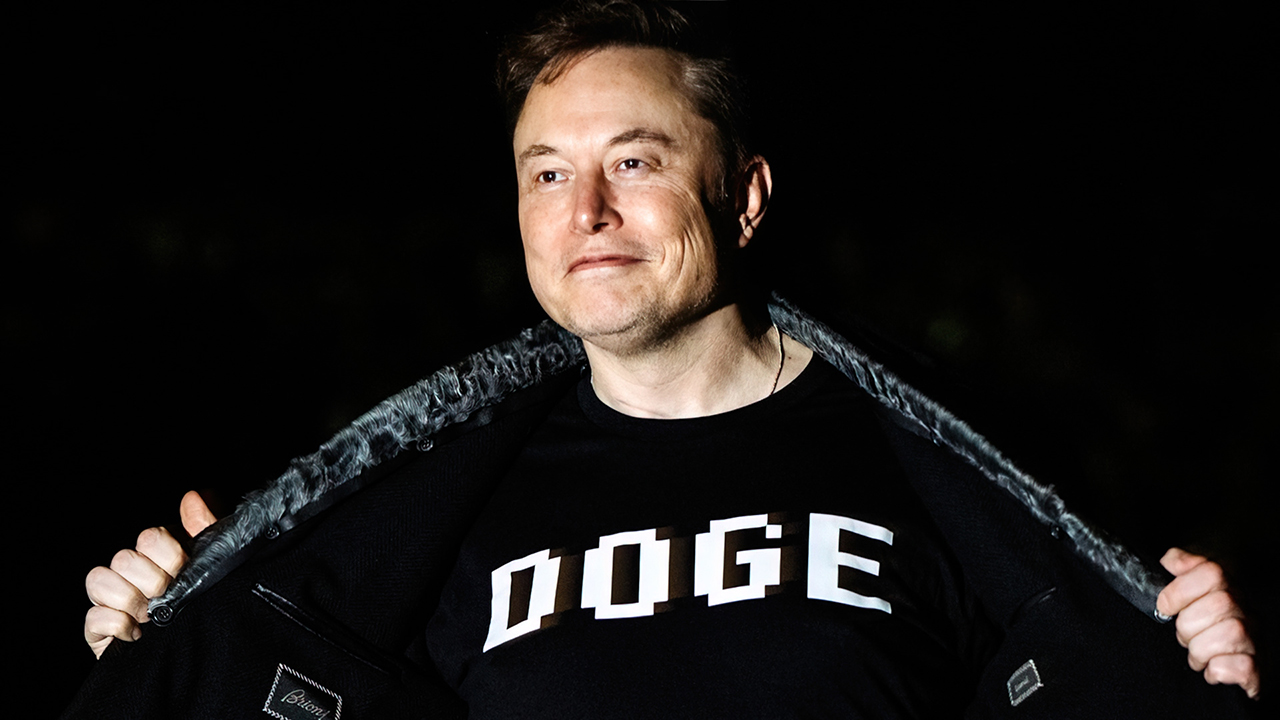How to spot when AI is patentable and when to keep it secret

Right now, one of the most common threads in innovation is the use of AI. Whether it’s designed for rapid drug discovery or drug repurposing, medical diagnosis, digital therapeutics, or fine-tuning a service delivery model, AI is everywhere and increasingly baked into the process of inventing.
But it’s not simply the adoption of AI that matters; it’s how it’s being used. When you’re a startup trying to secure investment, claiming you’re using AI is no longer enough. We’ve moved on from the days when buzzwords like AI or blockchain were sufficient to open funding doors. Investors are now more discerning, and importantly, so are patent offices.
Not all AI innovation is equal, and what makes AI patentable
Just because something uses AI doesn’t mean it’s patentable. Take, for example, a dating app versus an app that recommends whether you need to return to the hospital for an eye check-up based on analysis of longitudinal data from retinal scans. Both rely on AI and pattern recognition in the data, but one is viewed as a technical solution to a medical problem and associated healthcare risks, while the other might be dismissed as an obvious, non-technical business method that merely automates what has been done for many years, albeit with some additional sophistication. The AI itself doesn’t intrinsically know the difference, but the patent office certainly does. The real value often lies not only in the final trained model, but also in how you got there, especially your selection of training data.
The general position of most patent offices is that using AI to solve a big data problem, or spot a pattern, is often seen as obvious to try. So, when companies say they’ve innovated using AI, figuring out which side of the patentability line they are on is essential. Are you solving a genuinely technical problem or providing a new technical effect, or are you merely automating something that has been done manually for years?
Take financial risk profiling. AI can help maintain a client’s investment risk below a certain threshold in real time. That’s mathematically complex, involving data analysis, real-time inputs, and automation. Yet it’s still often viewed as non-technical. Why? Because the use case is finance, and that can then drag it to the wrong side of the line for patentability, a line drawn several decades ago.
Patenting AI vs keeping it secret
There’s another layer: even if something is patentable, should you file a patent application, or instead keep it as a trade secret? If your competitive edge lies in the trained model or the training data, secrecy might be the better strategy.
AI-based inventions in areas like healthcare, diagnostics, or engineering tend to get more traction from the patent office. But shift the focus to finance or admin, even if the technology is equally sophisticated, and it is often dismissed out of hand as an unpatentable business or mathematical method.
Startups should consider what exactly the inventive step is. Is it the technical problem solved, the selection or curation of training data, or the insights revealed? The answer will guide whether to patent or protect through secrecy. If the edge lies in the trained model or unique training data, secrecy may be the right approach, but you will need a trade secrets policy for this.
If, on the other hand, your innovation lies in the novel insight AI helped discover, and that insight can be articulated clearly, a patent for that will likely add real value. This is particularly true for drug discovery and drug repurposing, as well as novel dosage regimens.
AI is just a tool, but the human inventor is still key
Startups should also be cautious about saying their AI invented something. Instead, the focus should be on highlighting the ingenuity in how the team selected data, trained the model, and interpreted the outputs. That’s where the innovation lies, and that’s what patent law currently rewards.
Attributing the innovation to an AI platform may have PR value, but it carries real dangers, as only human inventors can be named on a patent application. You might be setting up a case for challenging the validity of the patent, either because there is no real human innovation or because you misrepresented it.
If a startup is using AI, the key question is whether it is implementing AI to deliver a technical solution or using AI to discover something new. In both cases, there’s real value, but the approach to IP protection will differ. And as policy slowly catches up with the pace of AI, navigating this grey area successfully will be a vital part of the innovation journey.
The post How to spot when AI is patentable and when to keep it secret appeared first on EU-Startups.















































